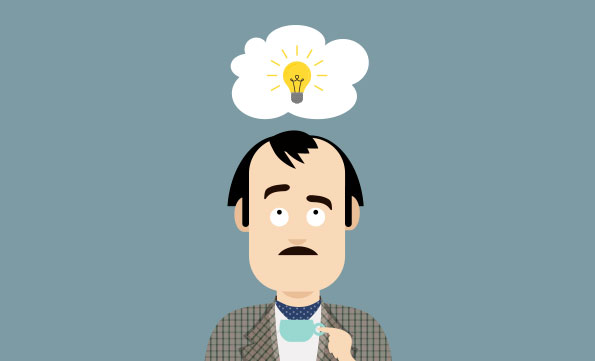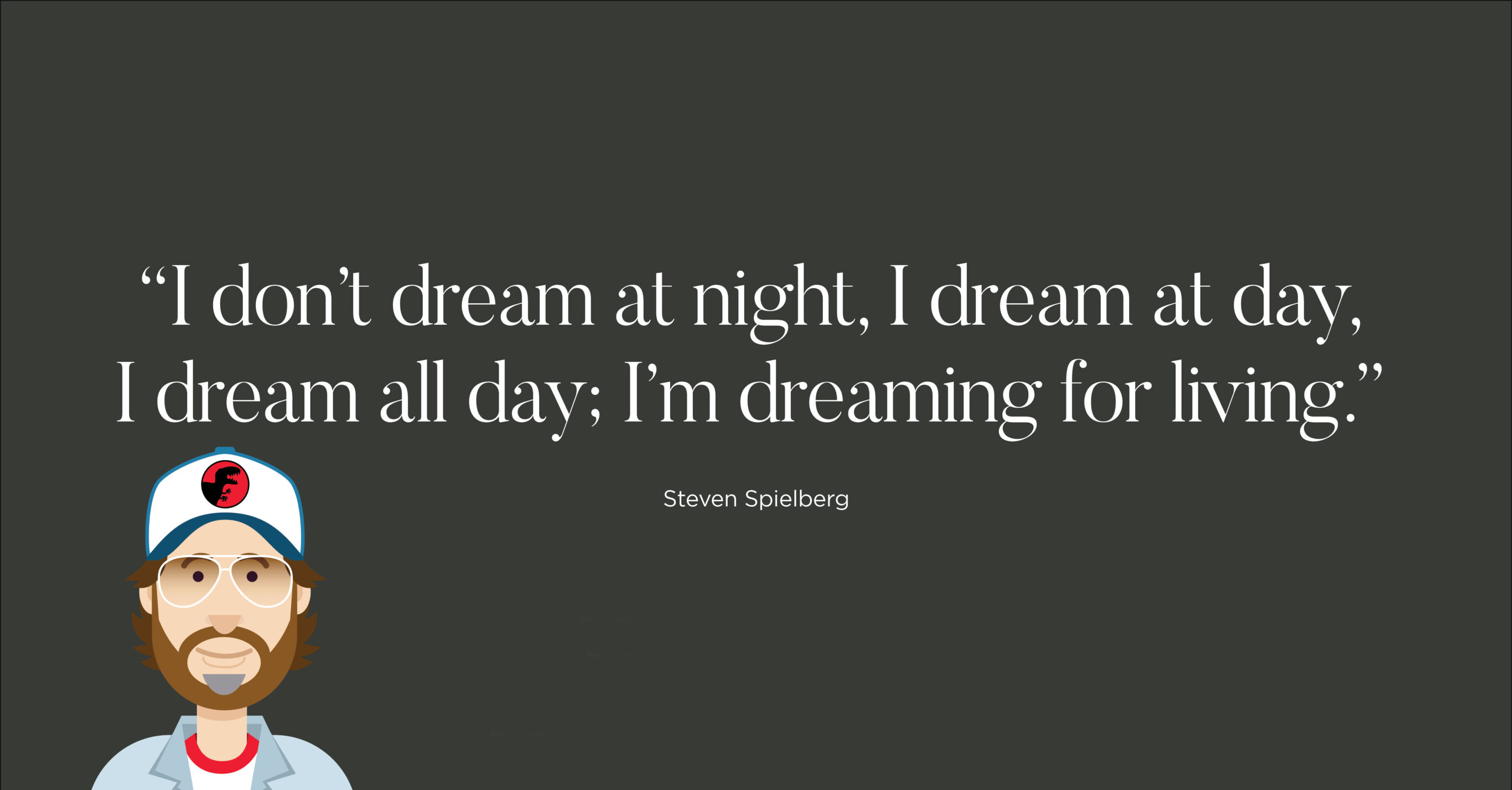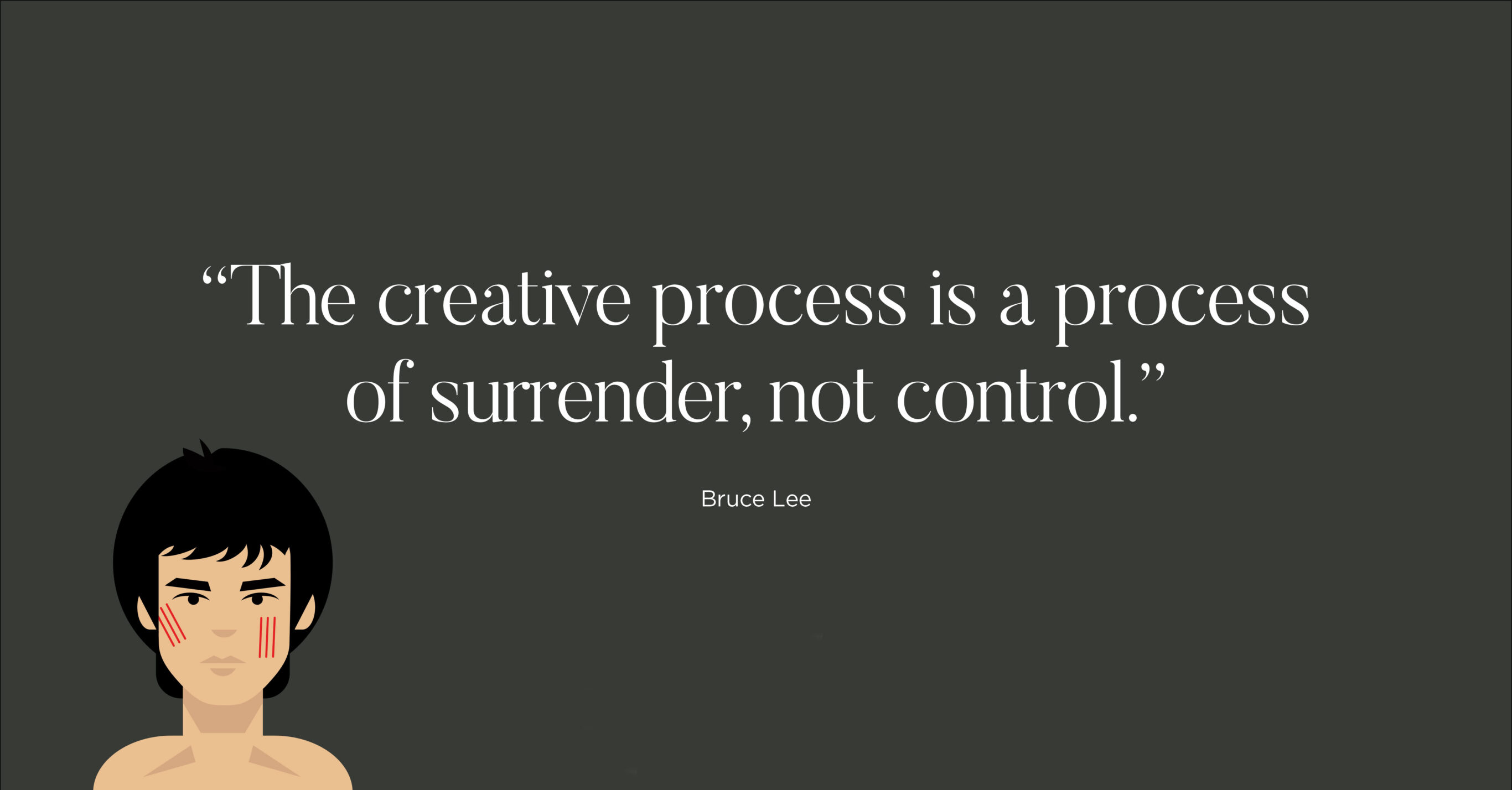How to deal with creative block

The creative spark can be a slippery thing, so we thought we’d take a look at how creatives manage to solve such diverse and varied problems – it isn’t always easy but perhaps sleeping on it can help.

John Cleese described the mercurial nature of creative inspiration perfectly in ‘Creativity: A Short and Cheerful Guide’ when he explained his writing routine. He recounts agonising over a script, spending hours at night trying to come up with the punchline for a sketch, only to go to bed beaten. The following morning he got up and made tea and in minutes he had the answer – along with the realisation that his mind had still been working on the script when he was asleep. He also described another occasion when he had been labouring over a script only then to lose it. He had no choice but to rewrite it. He later found the original, and in comparing the two he saw that the second was so much better. It was neater, clearer, smarter, and he hadn’t been trying so hard.
The second script was only possible because Cleese had done the groundwork, he’d laboured and learnt, he had all the facts and information that was necessary, he’d done the research and processed it all already, so when he wrote the second script it flowed because the fluff was cut in the remembering. As a result it was less laboured and cut to the chase.

Preparation
To create we must prepare, we have to get to know the issue before we can find a fresh take and a solution. The same creative process applies to our approach to brand and marketing projects. Only when we’ve done the research and asked the right questions can we understand the client’s goals, their products, services and their customers’ needs. Only when we’ve gathered all the research and facts can we be free to look at the brief from different angles, to brainstorm, find associations and start fitting various ideas together. We can draw on this vital information to create original ideas.
It’s a bit like the idea that we make our own luck. The more preparation we do, the luckier we get.
Incubation
Nothing hatches without incubation. When John Cleese solved a punchline in his sleep he was incubating the idea, allowing his subconscious the chance to make sense of the gathered information to process it and to make new connections. These creative leaps only happen when we stop thinking about the problem.
This seems counterproductive, but when we concentrate intently on solving a problem we are trying to find solutions with logic, whereas most new ideas actually come from playful thinking, and our minds can only play when they have space to relax and wander.

We tend to think of creatives as being instinctively creative, and being decisive, however, it has been proven that creative people actually take longer to solve problems, because they procrastinate. They take the time to play.
A study on freestyle rappers suggested that to be creative the part of your brain that is associated with decision making needs to be inactive and the area that’s responsible for learning, context, events and emotional responses needs to be stimulated.
Creatives understand the value in leaving over-thinking alone for a while. Today, switching off for many means doing nothing except scrolling on social media, we don’t allow our minds to idle, or our subconscious to help.
When a creative solution is proving difficult it often pays to step away.
Inspiration/illumination
Charles Darwin claimed to do his best work, not in his study, but outside on a d–shaped path at the edge of his property called the Sandwalk. He’s not alone, many creatives will tell of instances when the eureka moment finally arrived while walking the dog.
In fact, a study by researchers at Stanford University, also found that: “Walking opens up the free flow of ideas, and it is a simple and robust solution to the goals of increasing creativity and increasing physical activity.” Marily Oppezzo and Daniel L. Schwartz
By busying ourselves in a different way, whether by playing sport or simply using our motor functions we can defocus our attention and switch off our inner censorship, allowing our subconscious the chance to play and have ideas.
But ideas can be elusive; they like to come when you’re driving home or taking a shower – when it’s hard to record and store them for later.
Author, Elizabeth Gilbert shared her thoughts on the capriciousness of creativity in her TED talk, ‘Your elusive creative genius.’ She mused on the Ancient Greeks (Socrates included) who believed that creativity was in fact a divine attendant spirit called a daemon, who came to humans and gave them inspiration, and that if the daemons were ignored they would simply take their ideas on to someone who would listen.
Thankfully, today, our creatives tend to have a mobile phone on them most of the time, which can be handy for capturing the ideas when they do show up.
The Romans also believed that these flashes of inspiration were external to ourselves, calling the creative spirit a ‘genius.’ The genius lived in the walls of an artist’s studio and helped them shape the form of the work. Not until the renaissance human-centric ideas, did the artist become the genius, rather than having a genius.
It’s easy to see why the creative spark has been considered to come from paranormal or divine origins, as it so often comes out of the blue.
The idea that the creative spark is a gift from elsewhere is something we still hear a lot of creatives suggest today. Ideas might come in dreams, a flash of inspiration might come when you’re driving home from work, or a snatch of original music might appear fully-formed while you’re in the shower.
As for the shower, the warm water doesn’t just relax you, “You have some mild sensory deprivation. You can’t see very much. There’s the white noise of the water [and] the water is warm so you can’t feel the difference between your skin and the air,” says John Kounios, a professor of psychology and co-author of “The Eureka Factor: Aha Moments, Creative Insight, and the Brain. “This sensory restriction is like an extended brain blink. You cut out the outside world and ideas bubble up into awareness.”
Whether we believe creative inspiration to divine intervention or our subconscious, perhaps we should each trust in the process and take a pause, then allow the ideas to come to us.